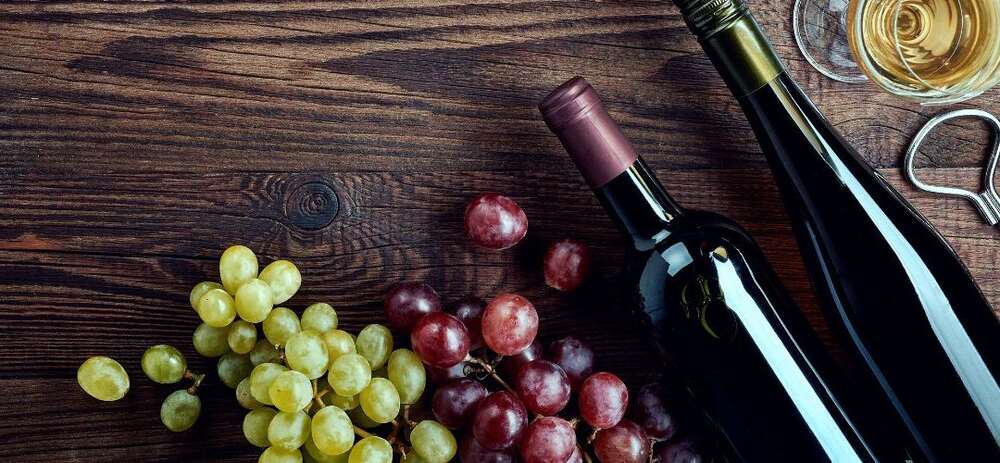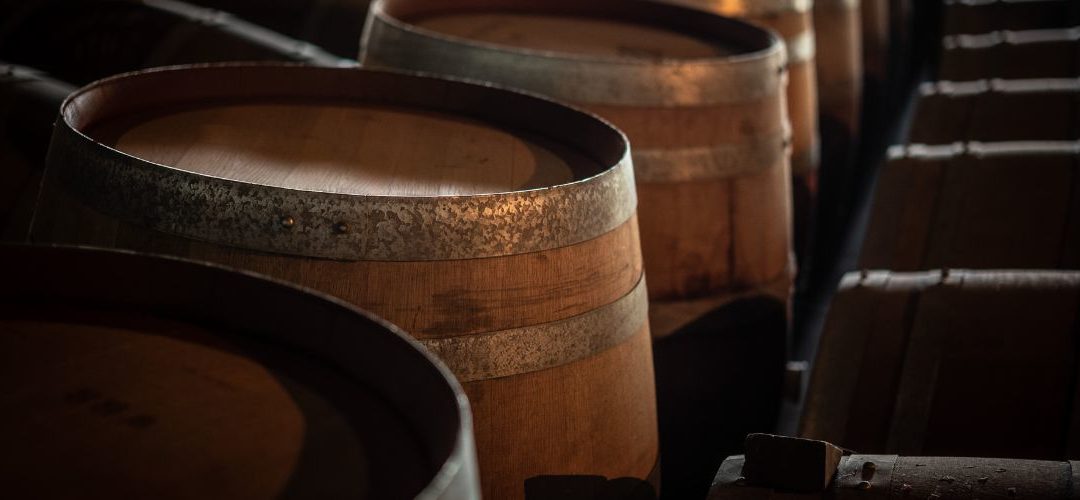What Goes Into the Cost of a Bottle of Wine
You may not have thought about this, but it is a common question among winery and vineyard owners, not to mention wine aficionados. Customers always ask vineyard and winery owners why wine is priced the way it is. If you have ever wondered how your favorite bottle of wine is priced, or you are thinking…
Read More




